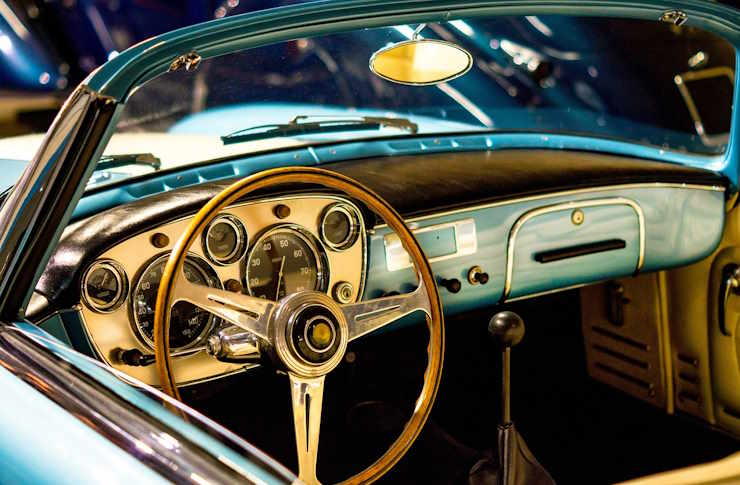The Rebirth of Rotary Engines: A Legacy of Innovation and Challenge
In the realm of automotive engineering, few topics are as captivating and controversial as the rotary engine. Despite facing numerous challenges and being largely overshadowed by the conventional piston engine, the rotary engine has resolutely held its ground, continuing to inspire a cult following among car enthusiasts. This article delves into the unique history of rotary engines, the current state of the technology, and the potential future of this fascinating piece of automotive machinery.

A Historical Deep Dive into Rotary Engines
The genesis of the rotary engine can be traced back to the early 20th century, with the invention of the Wankel engine by a German engineer, Felix Wankel. This engine type was initially lauded for its simplicity, compact size, and the potential for high power output. Unlike conventional piston engines, the Wankel rotary engine operates on the principle of rotary motion, with a triangular rotor spinning inside an oval-like epitrochoid-shaped housing.
However, the journey of the rotary engine has been far from smooth. Early models were plagued with issues such as poor fuel efficiency and excessive emissions. The apex seals, a critical component in maintaining the compression within the engine, were also notoriously unreliable.
Rotary Engines Today: A Niche Appeal
Despite its challenges, the rotary engine continues to hold a certain charm. Its unique operating principle allows for smoother acceleration, resulting in a distinctively linear and responsive driving experience. These engines also have fewer moving parts, which reduces vibration and enhances the overall ride quality.
Mazda is one of the few automakers that has consistently championed the rotary engine. The iconic Mazda RX-7 and RX-8, both equipped with these engines, have earned a cult following for their performance and unique driving characteristics.
From Challenge to Opportunity: The Future of Rotary Engines
The inherent issues with rotary engines, such as poor fuel efficiency and high emissions, have largely relegated them to a niche market. However, recent advancements suggest that the rotary engine might be ripe for a resurgence.
Mazda, for instance, is actively exploring the use of rotary engines as range extenders in electric vehicles. The compact size and smooth operation of these engines make them well-suited for this role. The rotary engine’s comeback in this form could potentially circumvent the traditional challenges associated with their use in conventional cars.
The Impact and Implications of a Rotary Resurgence
The potential resurgence of the rotary engine is not without implications. It represents a testament to the enduring appeal of unique engineering solutions, even in the face of seemingly insurmountable challenges.
Furthermore, the use of rotary engines as range extenders might provide a much-needed boost to the electric vehicle market, addressing range anxiety while offering the unique driving experience that rotary engines are known for.
The Rotary Engine’s Place in Automotive History
The rotary engine’s story is a testament to the unending quest for innovation in automotive engineering. Despite its challenges, the engine has carved a niche for itself and continues to inspire with its potential. Whether it will ever regain a dominant position in the automotive market is uncertain. Regardless, the rotary engine remains a fascinating piece of automotive history, and its potential resurgence is a topic worth keeping an eye on.




